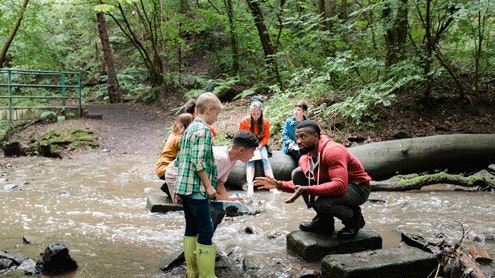Homepage
•
Learning Library
•
Blog
•
Citizen scientists: Technology is blurring the lines between students and scientists
Expand breadcrumbs
Expand breadcrumbs
- Learning Library
- Blog
- Citizen scientists: Technology is blurring the lines between students and scientists
- Homepage
- •
- Learning Library
- •
- Blog
- •
- Citizen scientists: Technology is blurring the lines between students and scientists
Citizen scientists: Technology is blurring the lines between students and scientists
By Nicole Krueger
March 28, 2020








